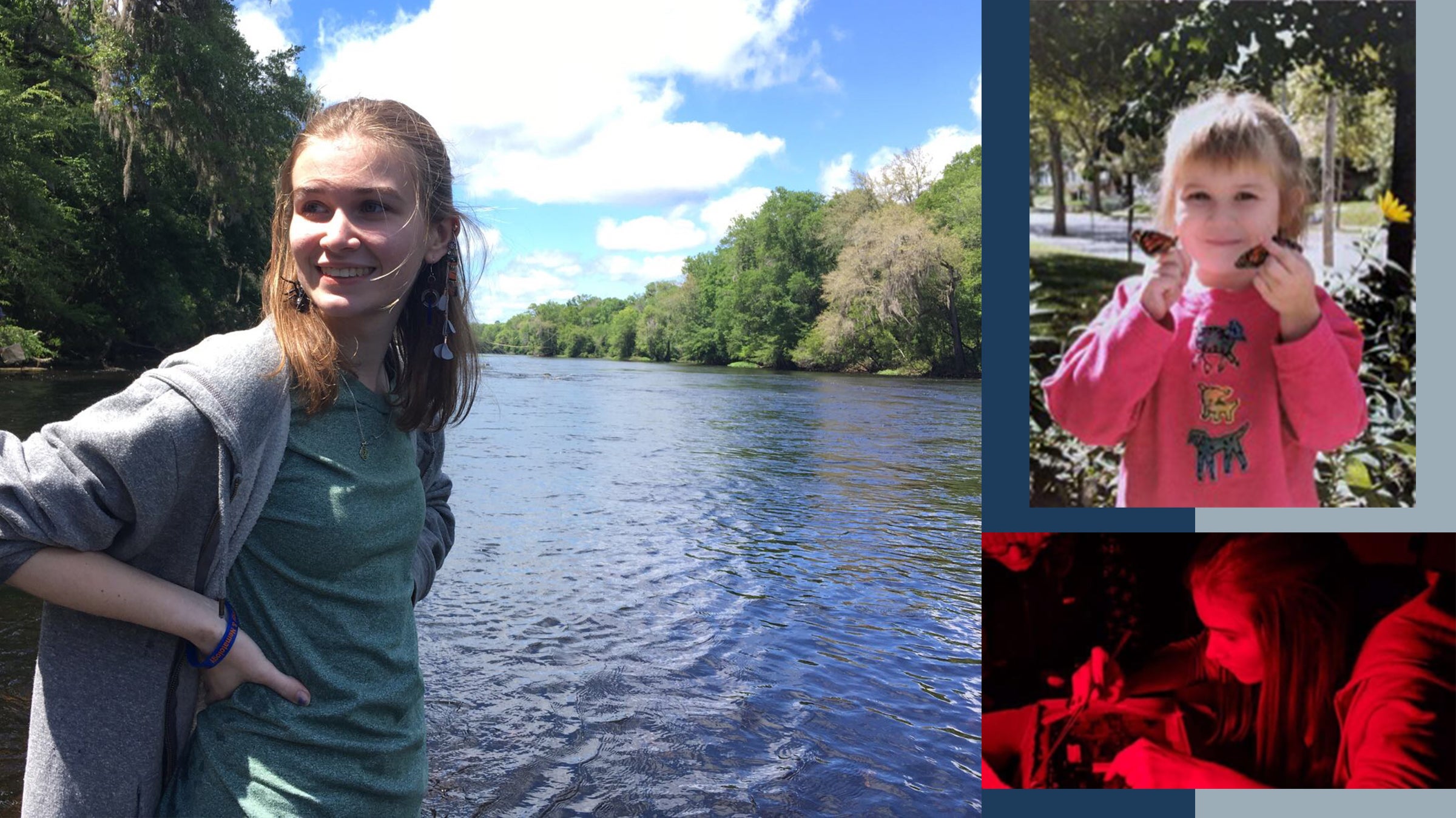
Harry Siviter is one of our 2021 Stengl-Wyer Scholars and is researching how environmental factors contribute to bee decline. As part of the Stengl-Wyer Endowment, the Stengl-Wyer Postdoctoral Scholars Program provides up to three years of independent support for talented postdoctoral researchers in the broad area of the diversity of life and/or organisms in their natural environments.
Harry talks about his research and how he became involved in his focus...
Tell us where you came from before UT, and what you studied then?
My undergraduate degree was in Animal Behaviour at the University of Lincoln, UK, and I then completed an MRes in the same department. My MRes research found that increases in egg incubation temperature can influence the behaviour and cognition of bearded dragon lizards, a finding made more urgent by climate change. This was when I first became fascinated by how human-induced environmental change can influence animals. In hindsight it was really quiet a random finding. Who knew that hotter incubation temperatures could make lizards worse at learning? What other subtle, undetected impacts could we be having an animal behaviour?
After this I spent a year work for the German Primate Center, carrying out focal observations on wild Guinea baboons in Senegal, before starting my PhD at Royal Holloway, University of London. During my PhD I studied the impact of the novel insecticide sulfoxaflor on bumblebees. I found that field-realistic concentrations of sulfoxaflor impaired the reproduction of bumblebee colonies by 54% which suggests that the insecticide could have severe consequences for wild bumblebee populations. The pesticide is still used globally (including in the US) but it was recently banned in California.
What got you interested in studying environmental stressors on bees, and how they drive the decline of bees?
Before I became interested in bees and bee declines, I was broadly interested in animal behaviour and specifically animal cognition, and still am. Ever since I started in science, I have always wanted to understand how animals perceive and understand the world around them. However, as I progressed with my research career, I became increasingly aware of the damage that humans are doing to wildlife, and this shifted my focus. Now much of my research is on how anthropogenic stressors impact animals (usually bees) with the aim to try and implement some positive changes. So, I wasn’t as such ‘interested’ in studying the impact of environmental stressors on bees, but more stumbled into it as a research topic! Understanding bee declines is actually quite interesting. Most people know that ‘bees are important’ for pollination and food security, but despite us being aware of this, and in many cases actively implementing campaigns to protect them, many species are in decline. Why is this? And what can we do to reverse these declines?
Does Texas present a unique situation, challenge or benefit for your research?
There are a lot of different bees here which is both beneficial and a challenge! Texas has approximately 800 species of bees and telling them apart can be difficult. One Texan bee that I’ve become more interested in is the American bumblebee (Bombus pennsylvanicus). The American bumblebee was once common across much of the US but has been in dramatic decline over the last few decades, so much so that it looks like it will be listed as an endangered species. Populations in Texas appear to be stable, and you can find them here in Austin relatively easy. A big queen nearly flew into me a couple of days ago as I arrived home. This offers an exciting opportunity to understand this increasingly rare bee. My hope is that if we are able to understand Texan American bumblebees, we could use this information to help protect the species both here in Texas and beyond.
How do field labs like Brackenridge Field Lab, Stengl Lost Pines, or the Wildflower Center figure into your work?
Brackenridge Field Lab is where most of my research will be conducted. Having such a big space will really allow me to conduct large scale field studies, which I haven’t been able to do at previous institutions. So far, I’ve already built 16 raised beds and planted seeds which will hopefully (fingers crossed) flower next spring. The plan is to use these plots to study the interactions between pesticides and climate change in relation to bee health. Both pesticide exposure and climate change can have a negative impact on bees, but how these stressors interact with one another is unclear but key if we’re going to truly understand their impact. I’m really excited to start this work and am certainly grateful to have access to the field site!
Where do you see your research agenda heading here at UT?
Bees are exposed to hundreds of different environmental stressors which do not act in isolation. I plan to study how some of these stressors (pesticides, poor nutrition, etc.) interact with one another to get a better estimate of their potential harm. This will involve both lab and field work and I hope to test these questions on a range of different bees found here in Texas. The overall goal is to produce data that has value for policy makers that could aid in bee conservation.



